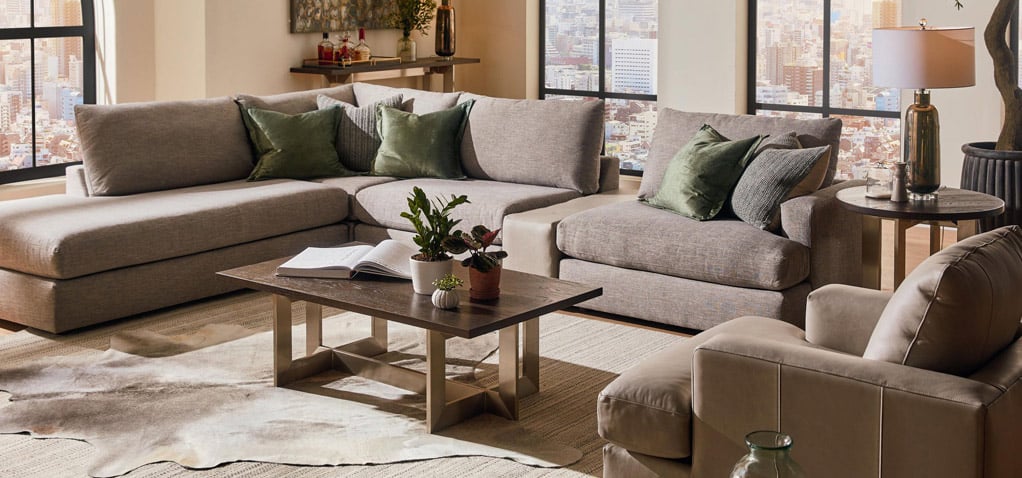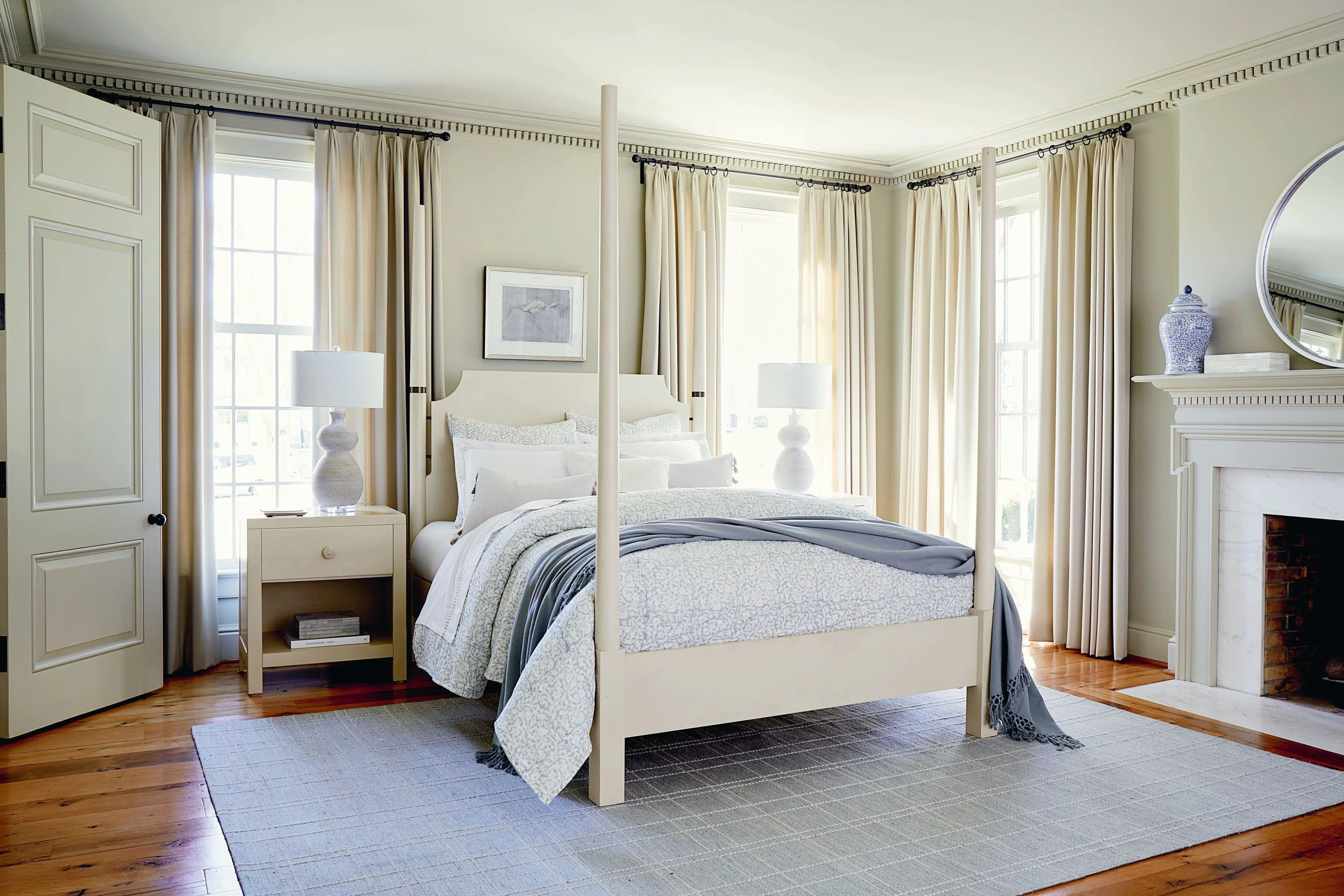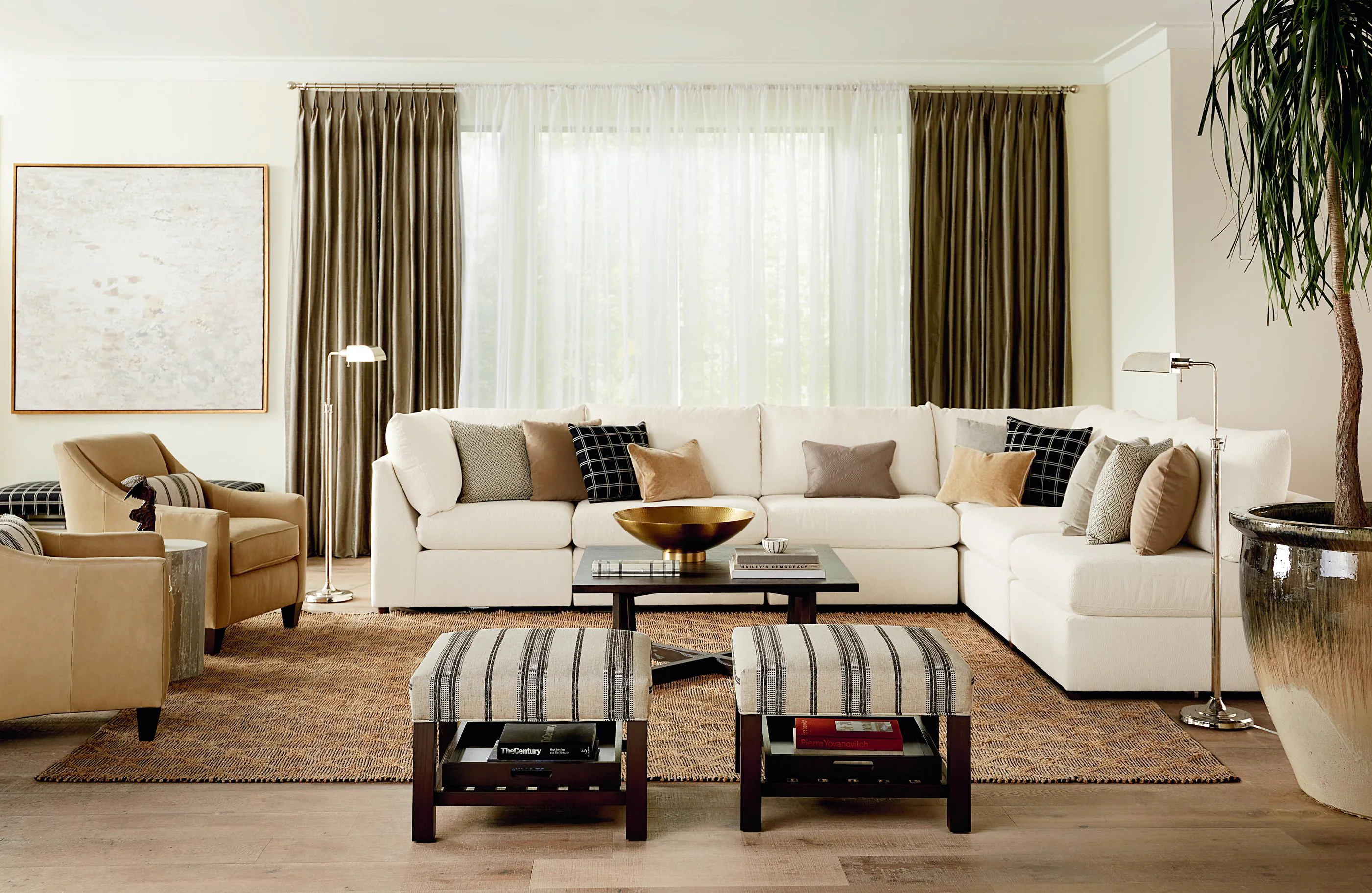Interior Design Styles
Updated 9/19/22
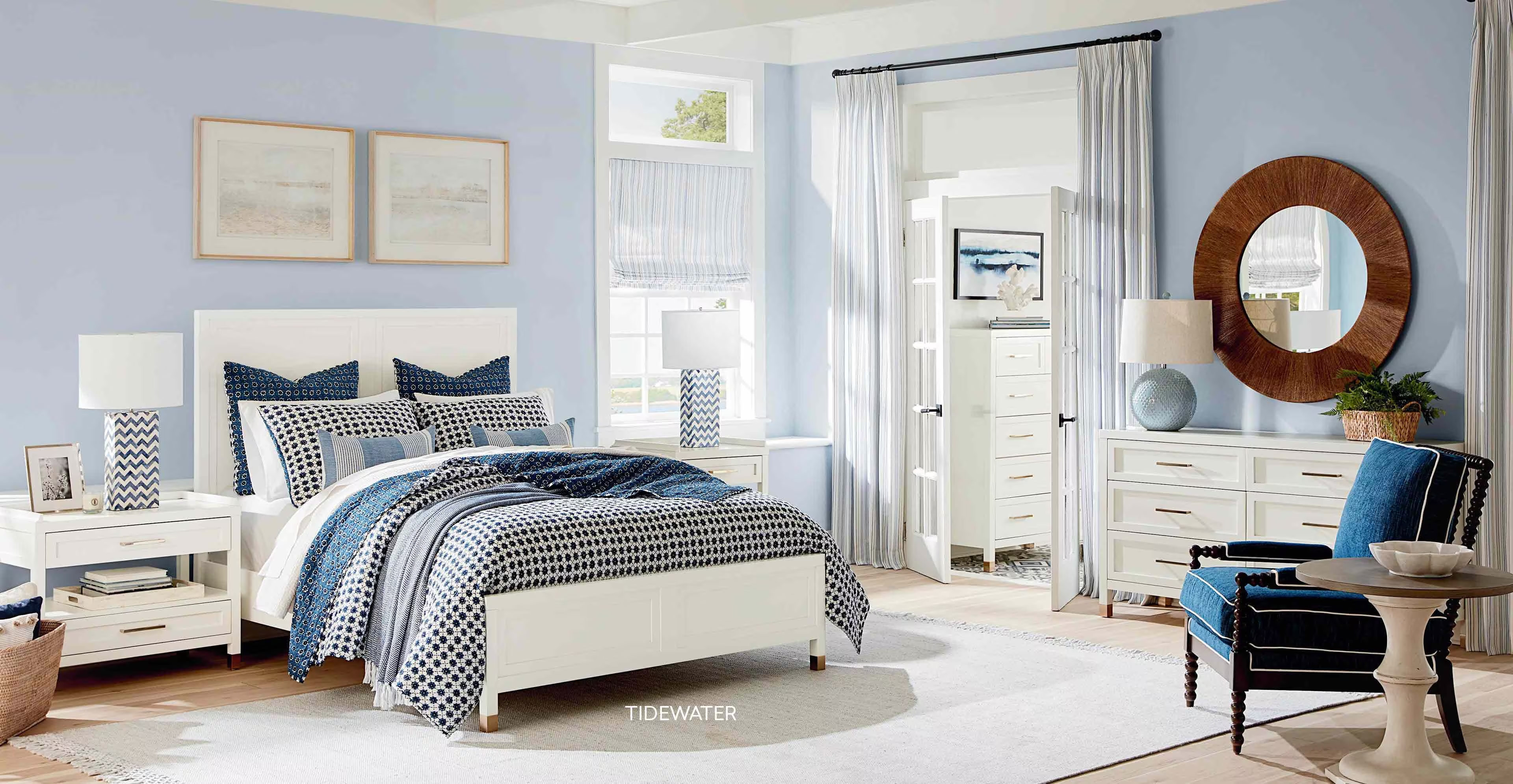
Having knowledge of interior design styles is helpful when decorating a home because knowing the fundamental design principles will help you make design choices with less trial and error. This article provides an overview of interior design styles, the art styles that influenced them, and an interior design quiz to help find your style.
Art styles vs. interior design styles
Most interior design styles were influenced by art styles. To truly understand interior design style, it is important to know about the art styles and movements that influenced them.
Art movements
Collectively, the term art movement is given to artworks that share the same artistic style, ideals, timeframe, or technical approach. There are no hard and fast rules here about what constitutes an art movement. Grouping artists of a certain period or style helps to understand them within a specific context. Modern art movements are the 20th-century development when a greater variety of styles erupted than at any other period in the history of art.
Following is a brief timeline containing 11 art styles that influenced interior design
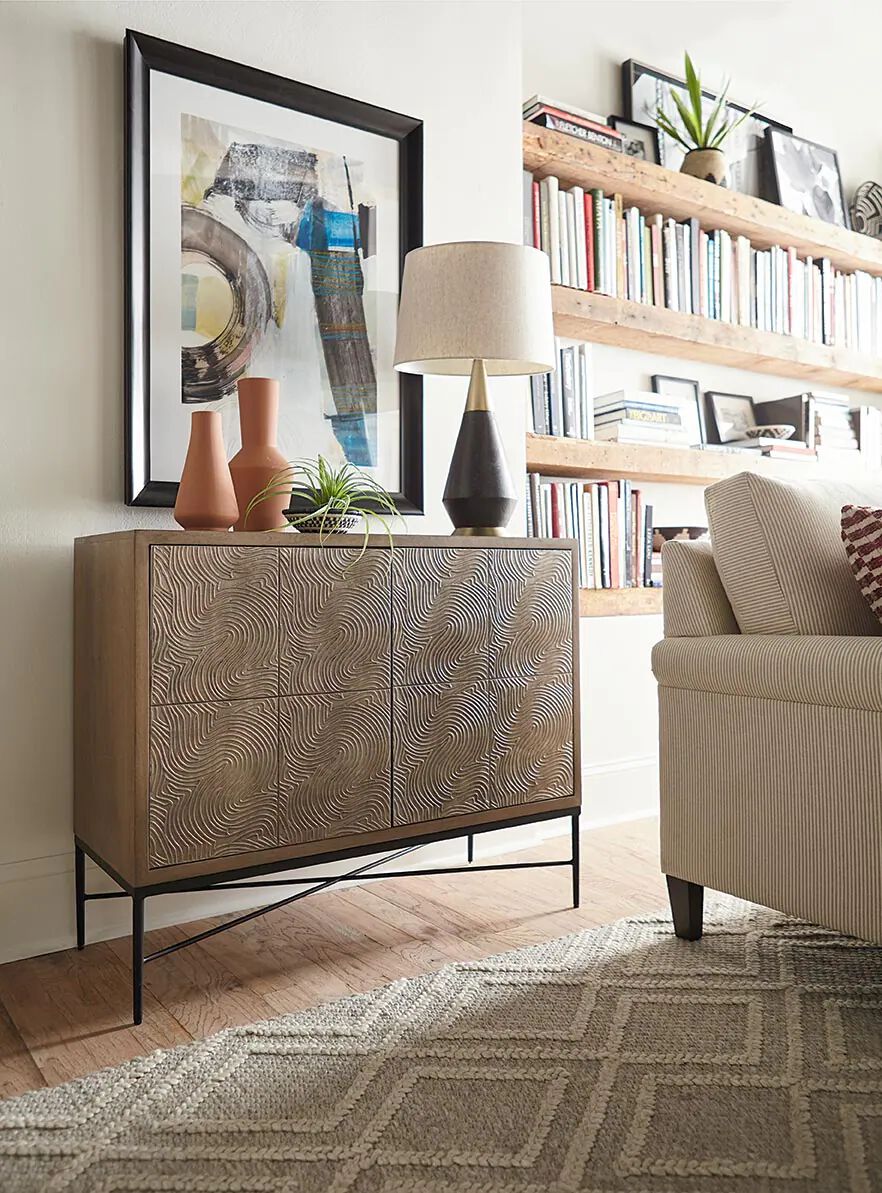
The more you appreciate and understand the different art styles, eras, techniques, and movements, the better you are able to identify and understand your likes and dislikes, your preferences, and which art style choices would work best in your home.
The 1870s – 1880s Impressionism
An impromptu Plein-air style of landscape painting, Impressionism strives for the exact representation of natural light effects. Porto Venere View is a wonderful example of this art movement.
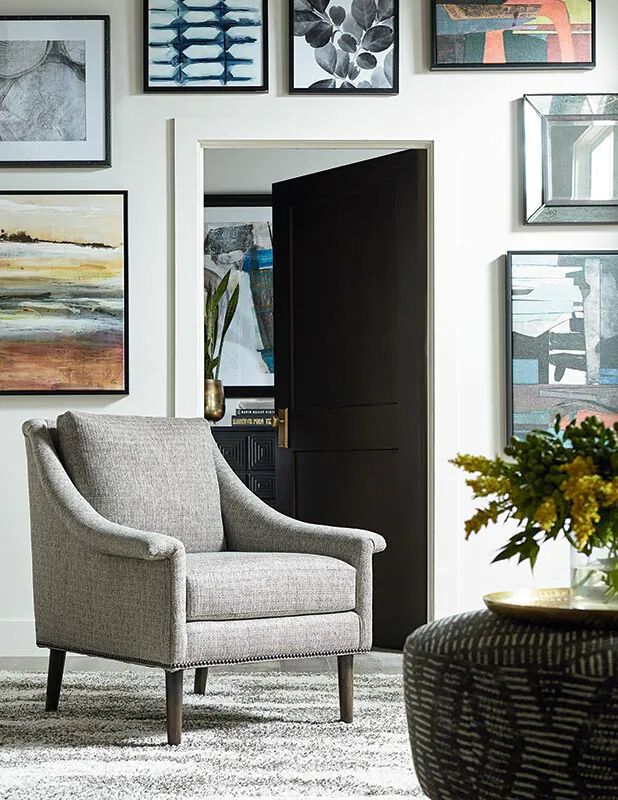
1880s Neo-Impressionism
Based on the optical painting technique called Pointillism, Neo-Impressionism mixes colors before they’re applied to the canvas, primary colors are placed directly onto the canvas -- arranged in groups of tiny dabs or dots -- to allow the viewer's eye to do the "mixing".
1880 – 1920 Arts and Crafts
Widely popular in Western Europe and North America, the Arts and Craft movement served as a reaction and renunciation of the industrial revolution. Arts and Crafts style emphasized simple forms and traditional craftsmanship that harkened back to the guilds.
The 1880s - 1990s Post Impressionism
Art Nouveau is a highly decorative style characterized by intricate flowing patterns of sinuous asymmetrical lines, based on plant forms. Leaf and tendril motifs are popular designs, Natures Imprint tryptic offers a compelling example.
1890 – 1914 Art Nouveau
Post Impressionism incorporates many styles of painting, some with a rigorous classical approach to Plein-air painting; indoor studio painting; or painting outdoors not to capture nature but to express inner emotions.
1905 onwards Expressionism
Expressionism aims to portray an interpretation of a scene rather than simply replicate its true-life features. Stormy Sea I and II are beautiful examples.
1908 - 1914 Cubism
Cubism refocused attention on the essential 2-D nature of the flat canvas, overturning conventional systems of perspective and ways of perceiving form, in the process. See Mid Century Collages I, II, and III.
1885 onwards Photography
Photography grew more important than ever in this era of modern art. Some of this modern art movement's photographic genres developed include street photography, documentary photography, and fashion photography. Fine examples of organic subjects include X-Ray Leaves, Agave Detail, Logging, Approaching Spring, Frosty Pasture, and Within the Forest.
1912 onwards Collage Art
Collage art can involve objects trouvés, like bits of paper, photographs, fabric, and other 'found' items to create a mixed-media effect. Witnessing Glory and Mid-Century Collage tryptic are favorites.
1925-1940 Art Deco
Art Deco replaced Art Nouveau’s flowing curvilinear shapes with dramatic and inspired geometric forms. Art Deco features lacquered and mirrored surfaces, sunburst and chevron decorative pieces, and a bold color palette.
1958-1970 Pop-Art
Pop-Art and expressionist abstract styles combine inspiration, creative techniques, and philosophy from popular and commercial culture. These unusual sources can encompass film, advertising, product-packaging, pop music and comic strips reflecting the mass consumerism of America in the 1960s. Using bold, easy-to-recognize imagery, and Maxwellvibrant block colors prove good art can be low-brow and made of anything. Dramatic Lemon and Dramatic Orange give a subtle nod to this style.
The 1960s to today Minimalism
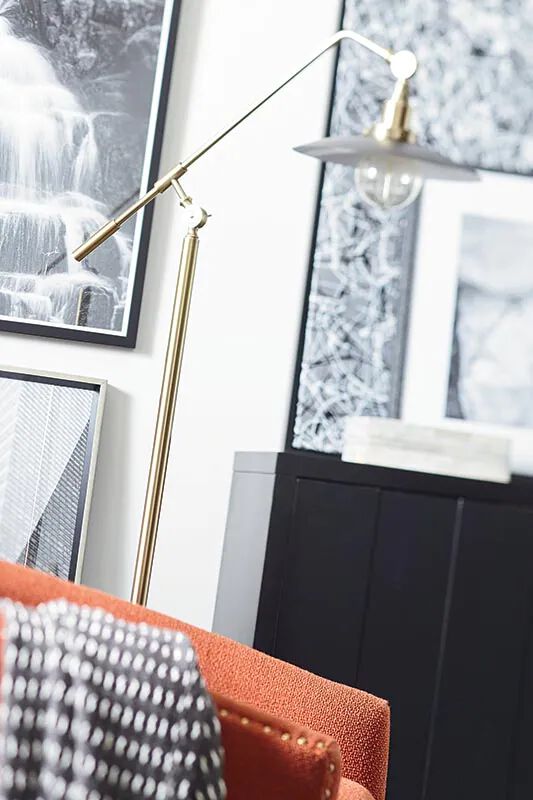
The modern art movement known as Minimalism is known for its extreme simplicity of form and is generally composed of precise, hard-edged, geometric forms, with rigid planes of color in cool hues or sometimes just one. Vertices and Silver Sculpture Wall Hanging represent this movement, Nature’s Imprint is a softer take on minimalism altogether. If you believe, "less is more," then you are some of the few minimalists left on this earth. Embrace open spaces and clean, subtle furniture, and you'll feel like your home is where you can feel at peace with both yourself and one another.
Interior design styles
Looking for a new look for the interior design of your home? There are plenty to choose from, some familiar and some you may not recognize. Learn the defining characteristics of the top 12 interior design styles, and see which one strikes your fancy. You may find a new favorite.
5 primary interior design styles
Design styles can help express your personal preferences and creativity. Below are five broad types of interior design styles. Most of the more specific interior design styles incorporate at least some of the characteristics from these primary styles.
- • Traditional interior design: With gracious dark furnishings of carved wood, paired accessories, understated stripes, and small patterns, traditional style evokes a feeling of order and calm.
- • Rustic interior design: Relaxed and comfortable, rustic style evokes an earthy tone through its use of techniques and materials that bring out the natural characteristics of furniture.
- • Modern interior design: With form following function, modern homes are elegant in their simplicity, using straight lines and combining various media to get an elegant look without requiring too much ornamentation. This is one of the newer interior design styles to appear in recent history but has already taken the interior design world by storm. Inspired by art deco, the modern style blurs the line between art and functional design. If you are interested in modern style, check out this article on modern bedroom design.
- • Contemporary interior design: Contemporary design is characterized by the use of clean texture and an emphasis on space, with lines that are emphasized, yet rounded and not severe.
- • Eclectic interior design: Often combining rounded and sharp angles and natural and synthetic materials, eclectic style borrows from any number of other design styles and uses color, texture, and patterns to unify them.
9 more specific interior design styles
Articulating each style's defining elements can help you to fully comprehend just what you are looking for as you scan an array of design photos. Here are brief descriptions of a dozen popular interior design styles
- • American Colonial: Feeling presidential? Recognized for its use of geometry, there's nothing like the cozy American colonial style. By furnishing with predominantly dark finished wood, this interior design style unites homey with diplomacy.
- • Asian-inspired rooms are clutter-free and heavily reliant on natural elements such as water, simple plants, bamboo, and stone. Asian homes feature a neutral color palette, room dividers, and decorative wall panels.
- • Coastal style takes inspiration from the beach. Nautical themes and seascape colors highlight this style. If you are interested in coastal interior design, check out this guide on beach house decor.
- • Mid-Century Modern boasts clean and simple designs, straight lines, and minimalist decor. Black, white, cream and grey are common colors.
- • Country style is relaxed and comfortable with natural fibers in gingham, stripes, and florals, wood or stone floors, and a muted color palette.
- • English Country mixes overstuffed chairs with ornamental carved wood furniture, collections of small accessories and rich, eclectic colors.
- • French Provincial combines rustic and elegant elements with country accents from 17th- and 18th-century royalty. Curving, carved wood furniture and natural, floral and toile upholstery abound.
- • Mediterranean homes often include stucco or plaster walls, marble or terra cotta tile floors, and ceilings with exposed wooden beams. Yellow, olive green, reds, and cobalt blue dominate the color scheme.
- • Shabby Chic Are you the outdoorsy type who wears your heart on your sleeve? If so, you might be interested in the shabby chic style sleeper sofa. Originating from 1980s England, shabby chic combines worn, vintage shapes with neutral colors and interesting textures (usually in white).
Furniture styles
So how are interior design styles any different than furniture styles? While the characteristics of the styles are often similar, the difference between interior design style and furniture style is a matter of scope. The aesthetic qualities and functional philosophy of an interior design style is wider than furniture, extending its reach to the functionality of living spaces (which also includes furniture). For more information on furniture design, check out this article on furniture styles.
Interior design quiz
Sometimes it's not easy to easily describe what your style is, as you may have never thought about it too hard or you may have a mix of various design styles. If you're curious, grab a pen and paper and answer these ten questions to see which design style speaks to your soul. The results of this interior design should give you an idea of which of the primary interior design styles you tend to favor.
Question #1: What's your favorite color?






Question #2: What's your favorite animal?






Question #3: Which setting suits you best?






Question #4: Which is your favorite room in your house?
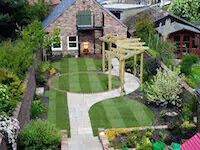
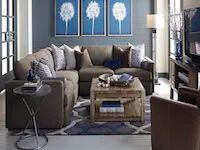
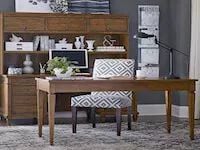
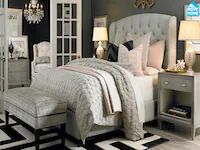
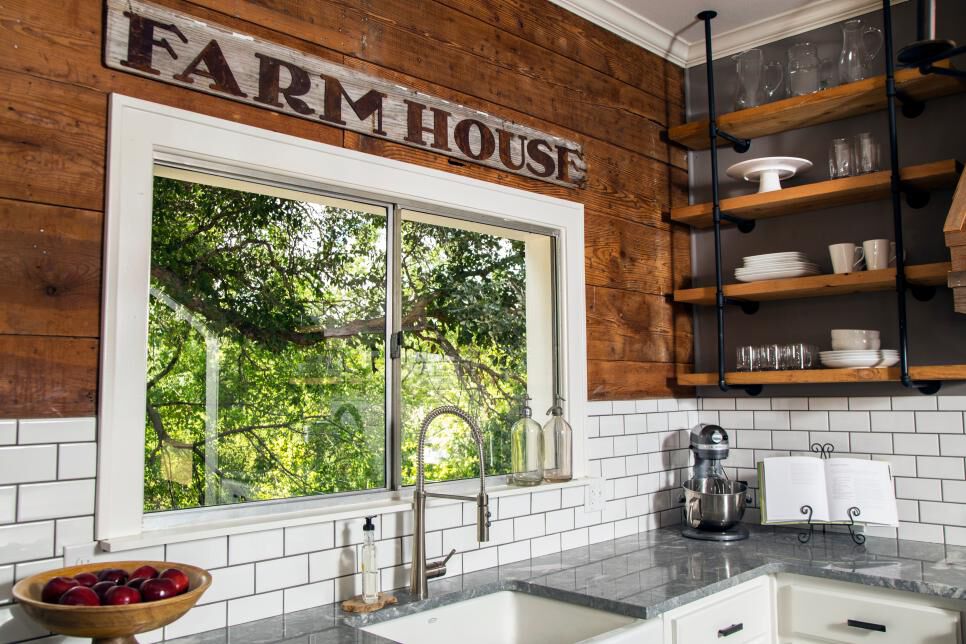
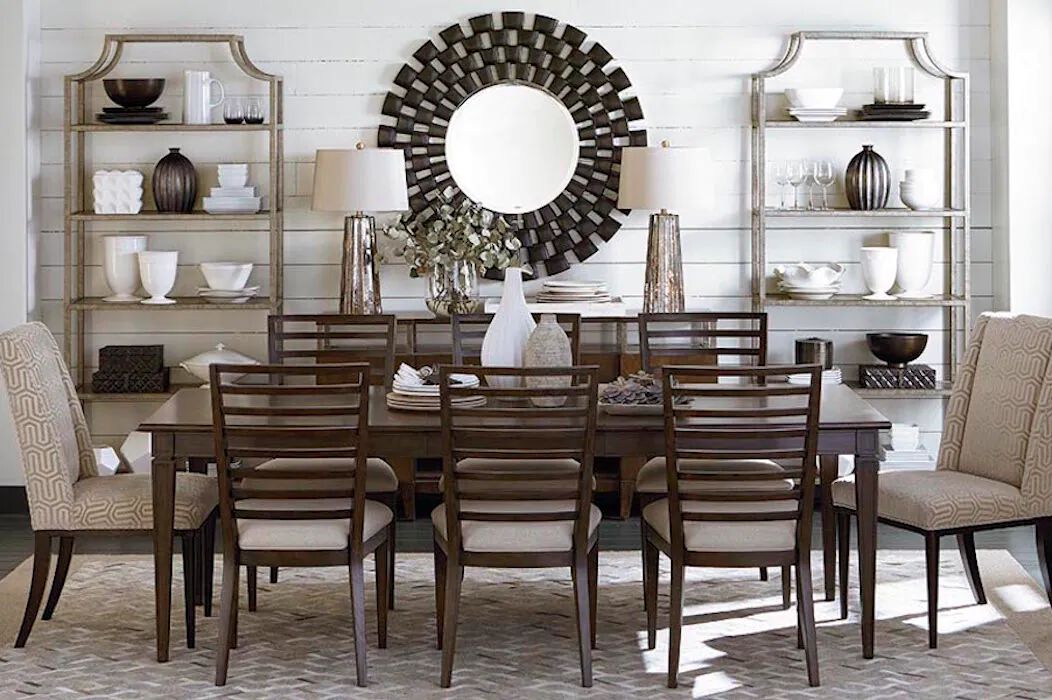
Question #5: What is your favorite dessert?


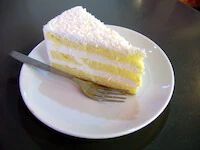


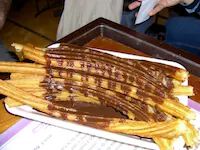
Question #6: Which pillow reflects your personality best?
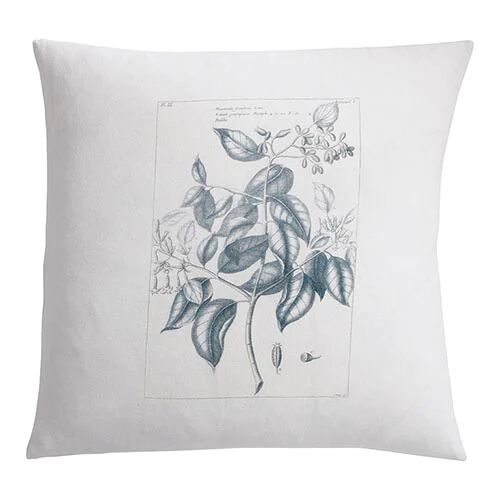
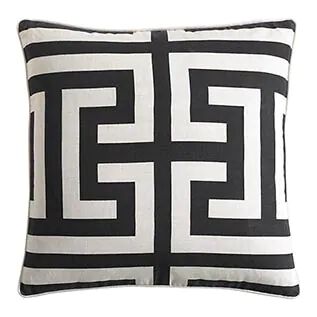
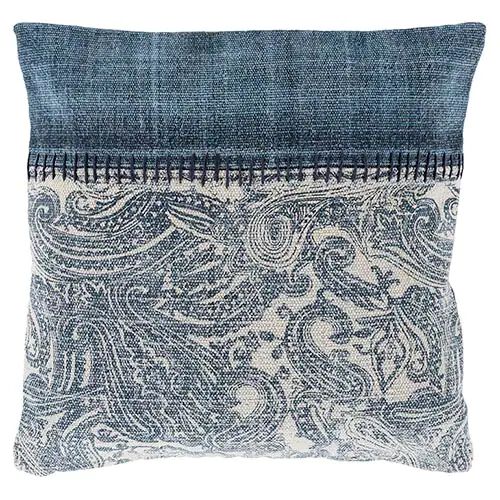
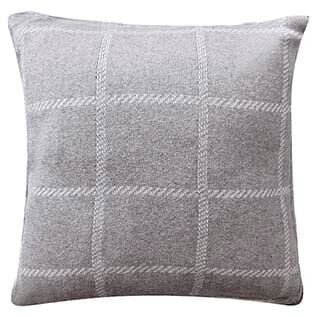
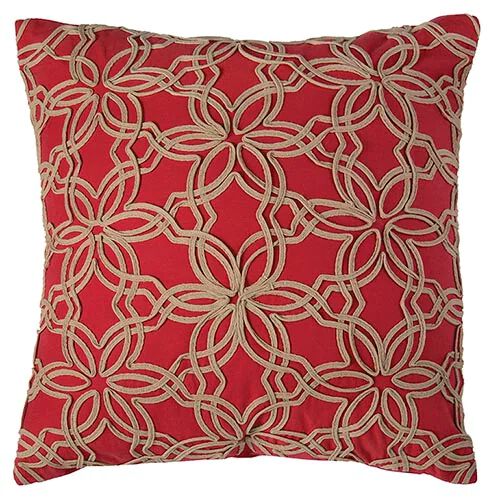
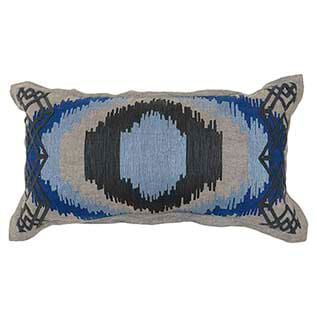
Question #7: What's your breakfast of choice?






Question #8: What's your favorite punctuation mark?




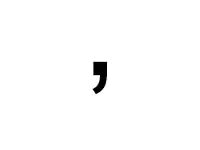
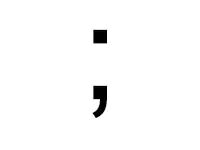
Question #9: Which wall art would you buy for your dining room?
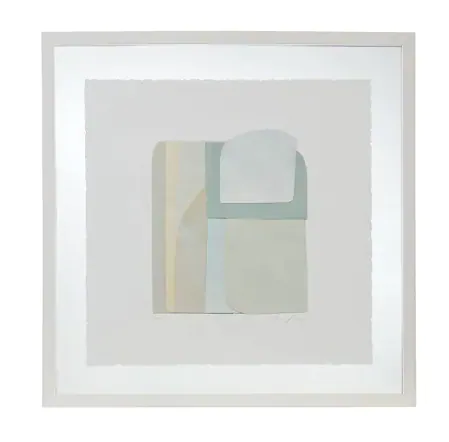
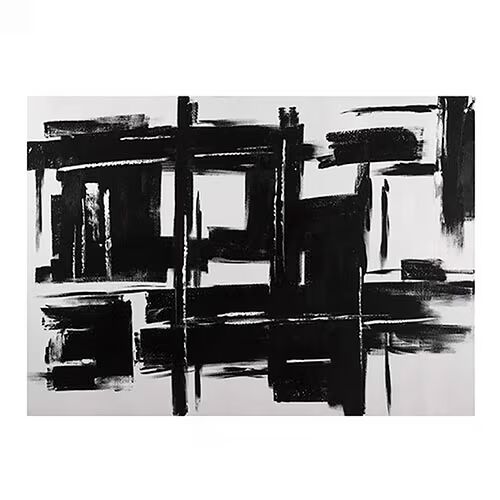
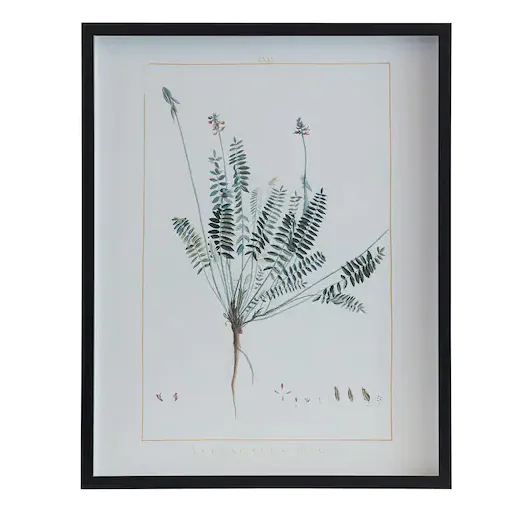
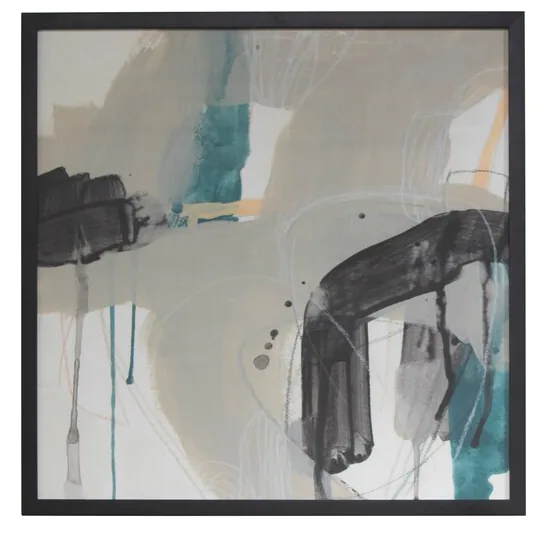
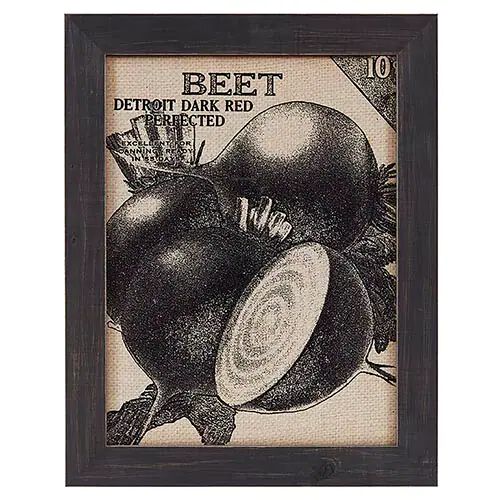
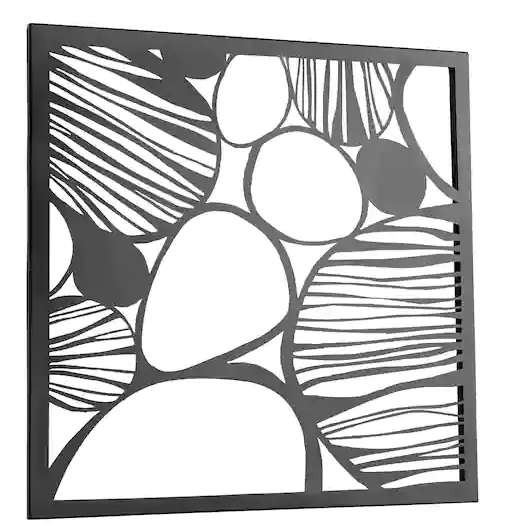
Question #10: What's your drink of choice?






What's my style?
Now that you've taken the quiz, check out your stylistic leanings below. Remember, the results of this quiz are definite, as most people have a mix of tastes.
If you answered mostly Bs... Modern!
When you've set a goal, you're not afraid to do whatever is necessary to achieve it. Sleek and elegant, the modern style breaks the mold of everything you've known about furniture and reshapes them into functional works of art. Your house rides a fine line between home and museum.
If you answered mostly Cs... Traditional!
You appreciate all things timeless and classy. Traditional furniture oozes confidence with elegant and ornate detailing. This style pays homage to its furniture ancestors. Your house is marked by colors that can be enhanced with bronze accents and warm brown tones, usually light wood and other comforting colors.
If you answered mostly Ds... Contemporary!
Attention to the little details are important. and that's reflected in how your home is decorated. Contemporary design embraces open spaces and simple designs to allow conversation and interactions to flow more naturally.
If you answered mostly Es... Rustic!
Nothing pleases you more than waking up at the crack of dawn and starting your day the way humans were supposed to. Whether you're in an apartment or house, introducing wooden or log-structured furniture into your home can bring warmth and peace to any room.

